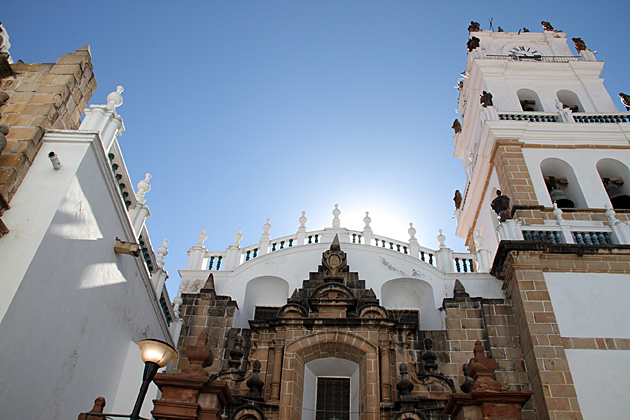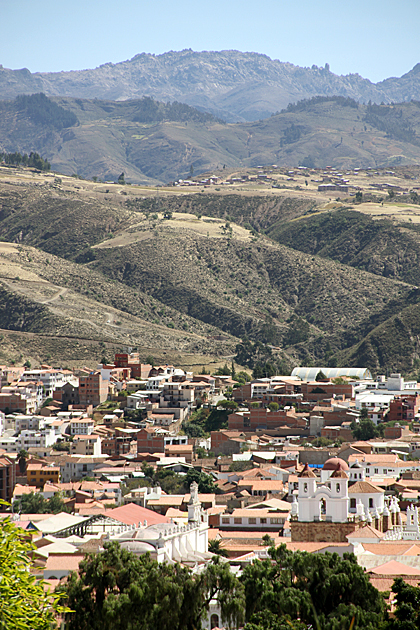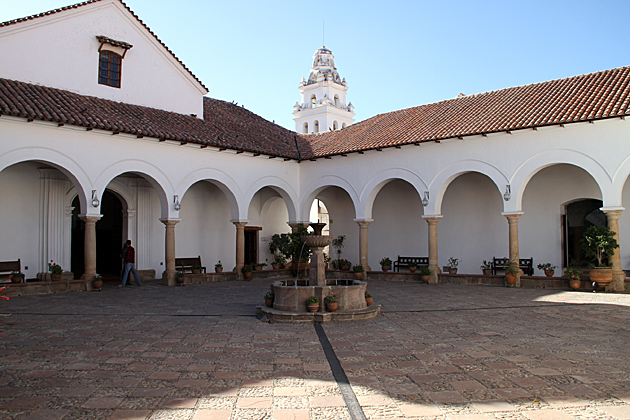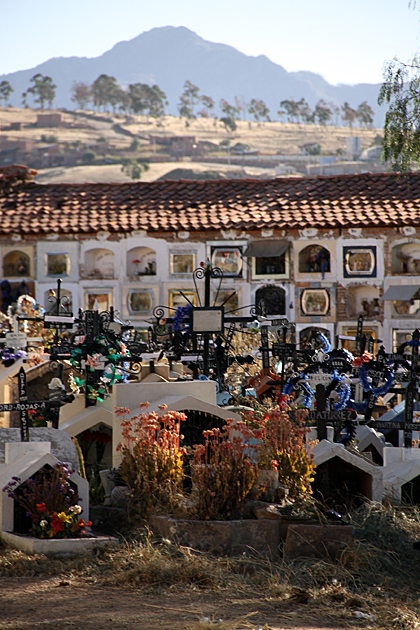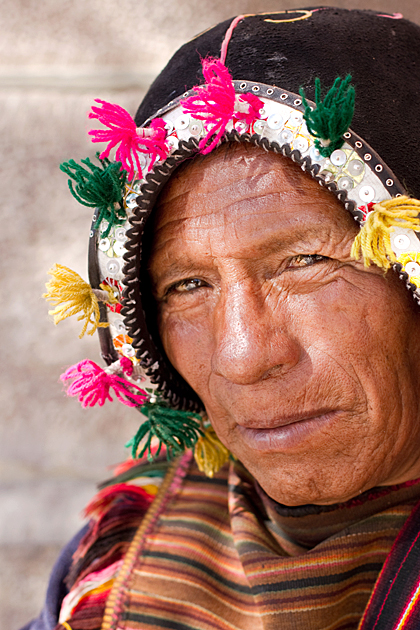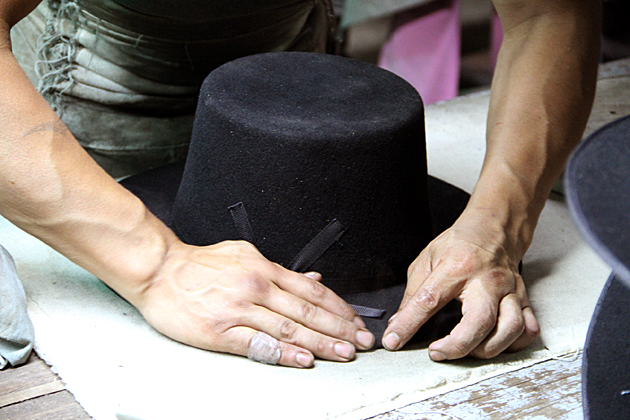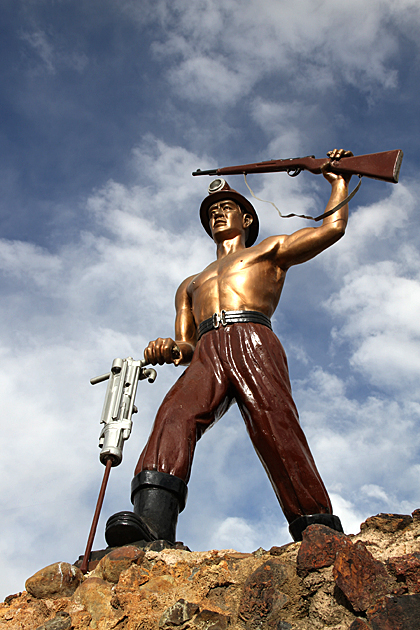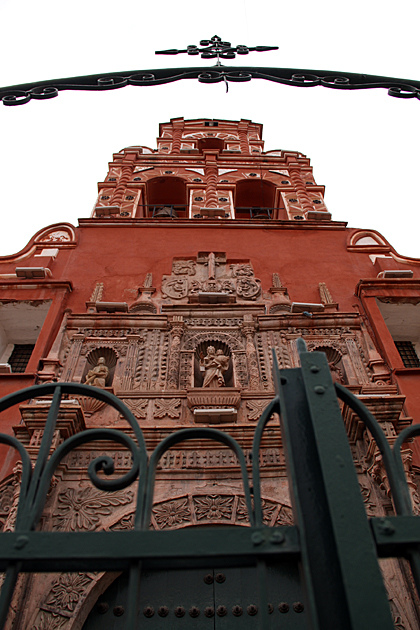Goodbye to Chuquisaca
After a month in Bolivia's constitutional capital, the time had come to move on. Sucre was an incredible temporary home, but Bolivia is huge and diverse, and we didn't want to miss out on the treasures of its other regions. So, after a detour through the Salar de Uyuni and Bolivia's barren southwest, we relocated to La Paz for a few weeks.
